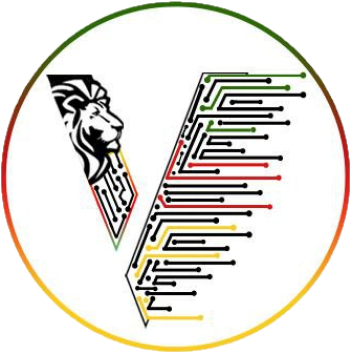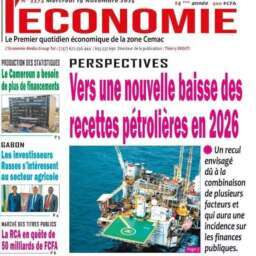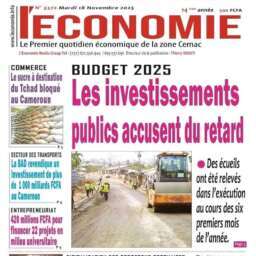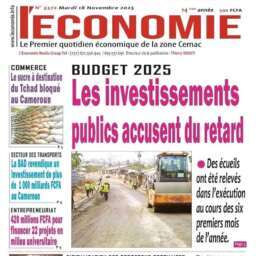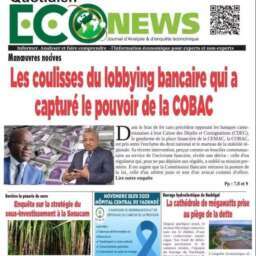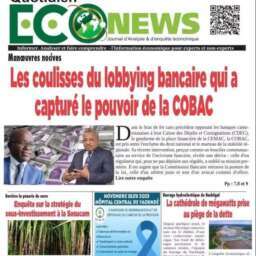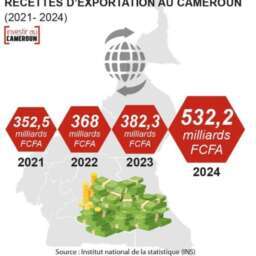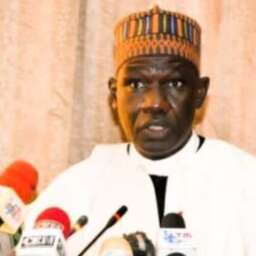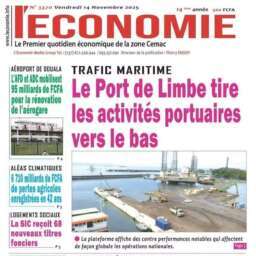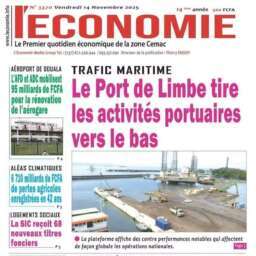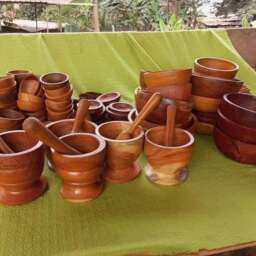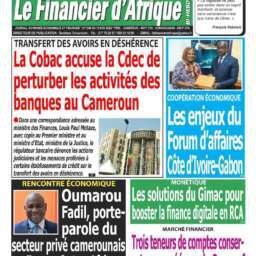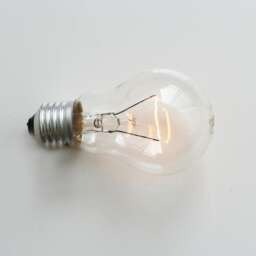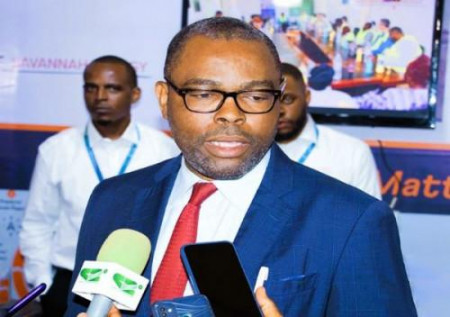(Business in Cameroon) – The Bini a Warak hybrid hydroelectric and solar project in Cameroon’s Adamaoua region has reached a key milestone in its revival. In its 2024 activity report, British company Savannah Energy announced plans to sell about 50% of its stake before the project’s financial close, scheduled for the third quarter of 2028.
The goal is to attract new investors and strengthen the project’s financial base to accelerate implementation. “The solar component is expected to be commissioned two years after financial close, and the hydroelectric plant roughly four years after final approval,” the company stated.
Toward a New Development Agreement
Negotiations between Savannah Energy and the Cameroonian government are at an advanced stage for a Joint Development Agreement, which will replace the April 2023 Memorandum of Understanding. This forthcoming accord will establish the cooperation framework for relaunching the project, which has been redesigned as a solar-hydro hybrid with total capacity increased from 75 MW to 95 MW.
Validated in late 2023 by the Ministry of Water and Energy, the new design integrates 40 MW of solar photovoltaic capacity, with the hydroelectric component adjusted dynamically to ensure a continuous power supply based on solar generation levels.
According to Savannah Energy, Bini a Warak will increase energy production in northern Cameroon by more than 50%, in a region where demand regularly exceeds the capacity of the Lagdo dam (72 MW), currently limited by siltation. Construction on the Bini a Warak site began in 2017, but the project was suspended the following year after Chinese company Sinohydro withdrew.
The withdrawal stemmed from the Cameroonian government’s failure to pay an insurance premium required before the disbursement of 182 billion XAF in financing granted by ICBC, the Chinese bank funding the project. Since then, the site has remained abandoned despite preparatory works estimated at 20 billion XAF.
Savannah Energy’s arrival has revived hopes for completion. On June 12, 2025, the Prefect of Vina chaired a meeting to finalize compensation for the 38 villages affected by the project. If completed, Bini a Warak is expected to secure clean energy supply for the Adamaoua, North, and Far North regions, while reducing Cameroon’s dependence on costly thermal power plants.
A Lever for Cameroon’s Energy Transition
The project forms part of Cameroon’s national energy transition strategy, as the country seeks to mobilize 7.2 trillion XAF (nearly $12 billion) to implement its national energy plan.
In 2020, Cameroon’s electricity mix was dominated by hydropower (61.7%) and thermal power (24.1%), while solar represented just 0.1%. By combining hydro and solar power in an underserved region, Bini a Warak aims to correct this structural imbalance and advance the government’s goal of diversifying energy sources.
The choice of northern Cameroon is strategic. The siltation of the Lagdo dam and the region’s growing demand, driven by urbanization and industrial expansion, have created a persistent energy bottleneck. Bini a Warak is therefore viewed as a structural solution to improve grid reliability and expand access to renewable energy in the north.
Cameroon’s untapped energy potential is considerable: 19.7 GW of hydropower capacity and over 89 TWh of annual solar potential, most of which remains unexploited.
Between Financial Constraints and Institutional Challenges
Despite its promise, the Bini a Warak project faces several significant obstacles. The first is financial. Savannah Energy’s decision to sell half of its stake reflects a risk-sharing strategy and an effort to attract private capital in an environment where governance hurdles and foreign-exchange restrictions continue to discourage foreign investors.
The second challenge is institutional. Although Law No. 2011/022 provides a legal framework for the electricity sector, the specific regulatory environment for renewable energy remains incomplete. This gap requires closer coordination between public authorities and private operators to ensure effective implementation.
In addition, the management of compensation for displaced populations in the 38 affected villages and the technical oversight of construction works represent further operational challenges. The phased commissioning, scheduled for 2030 (solar) and 2032 (hydroelectric), will demand careful planning and continuous adaptation to local conditions.
Beyond these constraints, Bini a Warak stands as a strategic opportunity for Cameroon. Positioned at the crossroads of energy transition and regional development, the project could become a catalyst for sustainable growth in the country’s northern regions. Its success will depend on transparent financing, adherence to implementation timelines, and the capacity of all stakeholders—public, private, and community—to make it a model of integrated clean energy for Central Africa.
Amina Malloum
